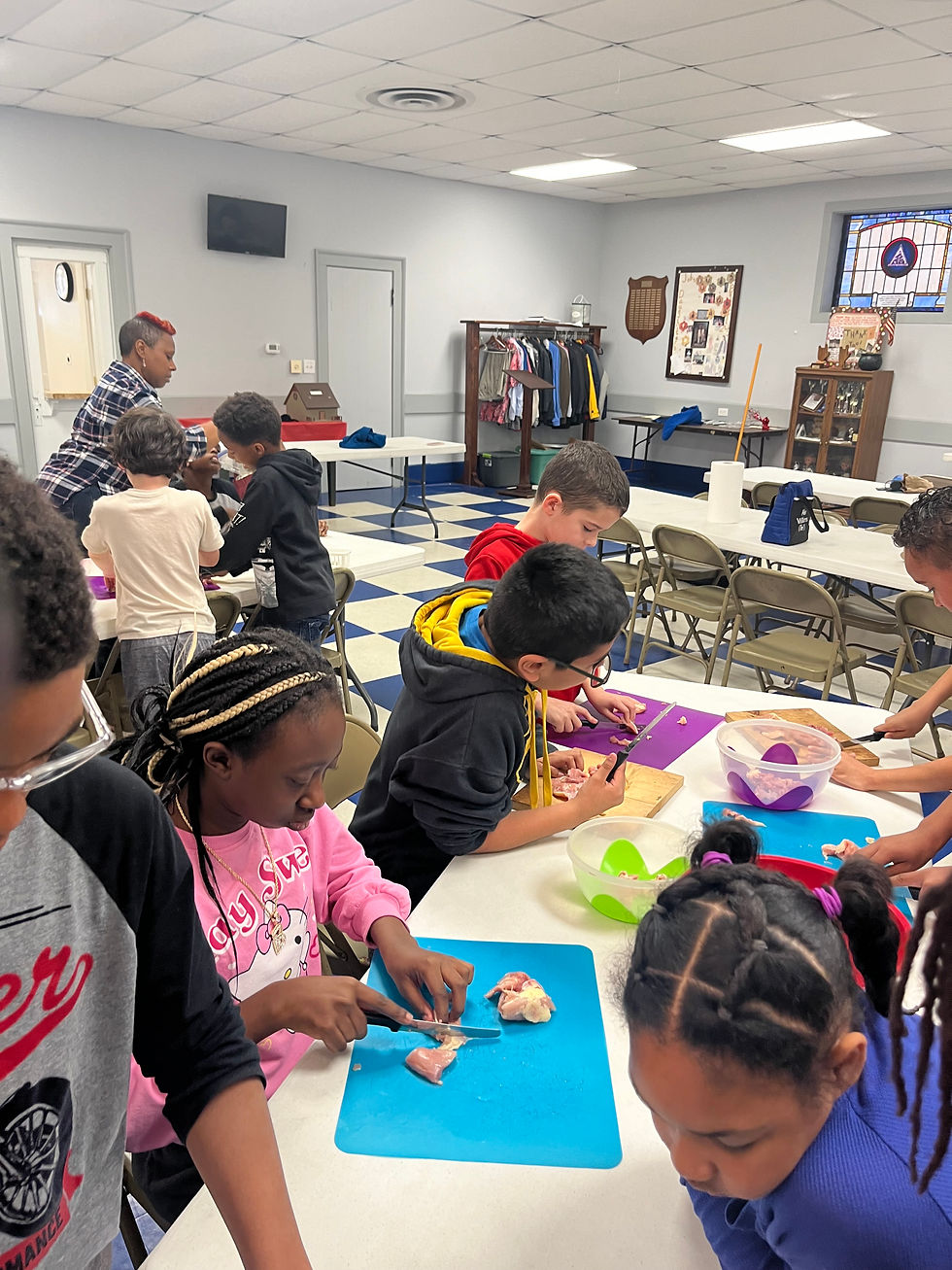The Role of Technology in Education
- marva331
- Jan 8, 2024
- 2 min read
The Role of Technology in Education In today's digital age, technology has become an integral part of our daily lives. From smartphones to laptops, we rely on technology for communication, entertainment, and information. But what about its role in education? How can technology enhance the learning experience for students in the modern classroom? Let's explore the benefits and possibilities. One of the key advantages of technology in education is its ability to engage students in interactive and immersive learning experiences. With the use of laptops, tablets, and smartphones, students can access a wealth of educational resources, such as e-books, online tutorials, and interactive learning platforms. These resources not only make learning more accessible but also more engaging and interactive. Imagine a classroom where students can collaborate with their peers, even if they are physically apart. With the help of technology, students can participate in virtual group projects, share ideas, and work together on assignments. This not only promotes teamwork and communication skills but also prepares students for the collaborative nature of the modern workforce. Furthermore, technology allows for personalized learning experiences. With the use of adaptive learning software, students can receive customized lessons and assignments based on their individual needs and learning styles. This personalized approach to education ensures that students can learn at their own pace and focus on areas where they need the most support. Technology also opens up a world of possibilities for teachers. With the use of smartboards and interactive whiteboards, teachers can create dynamic and engaging lessons that cater to different learning styles. They can incorporate multimedia elements, such as videos, images, and interactive quizzes, to make the learning experience more enjoyable and effective. Moreover, technology can help bridge the gap between home and school. With the use of online platforms and communication tools, teachers can easily communicate with parents and provide updates on their child's progress. This level of transparency and involvement fosters a strong partnership between parents and teachers, ultimately benefiting the student's learning journey. However, it is important to note that technology should not replace traditional teaching methods entirely. It should be seen as a tool to enhance and support the learning process. Teachers play a crucial role in guiding students and facilitating meaningful discussions, even in a technology-rich environment. In conclusion, technology has revolutionized education by providing students with access to a vast array of resources, promoting collaboration and personalized learning, and enhancing the teaching experience. As we continue to embrace technology in the classroom, it is essential to strike a balance between digital tools and traditional teaching methods. By doing so, we can create a learning environment that prepares students for the challenges and opportunities of the 21st century.




Comments